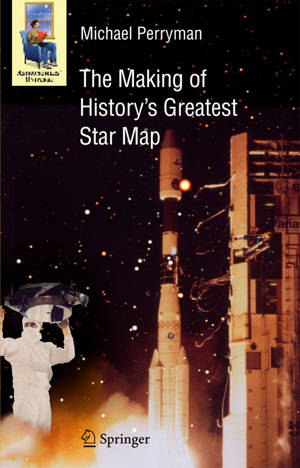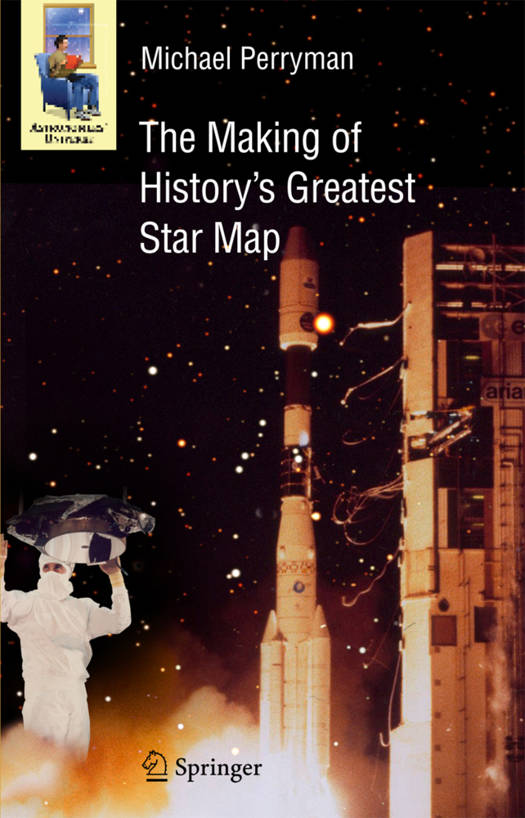
- Retrait gratuit dans votre magasin Club
- 7.000.000 titres dans notre catalogue
- Payer en toute sécurité
- Toujours un magasin près de chez vous
- Retrait gratuit dans votre magasin Club
- 7.000.0000 titres dans notre catalogue
- Payer en toute sécurité
- Toujours un magasin près de chez vous
Description
From prehistoric times, mankind has looked up at the night sky, and puzzled at the changing positions of the stars. How far away they are is a question that has confounded scientists for centuries. Over the last few hundred years, many scientific careers - and considerable resources - have been devoted to measuring their positions and motions with ever increasing accuracy. And in the last two decades of the 20th century, the European Space Agency developed and launched the Hipparcos satellite, around which this account revolves, to carry out these exacting measurements from space.
What has prompted these remarkable developments? Why have governments been persuaded to fund them? What are scientists learning from astronomy's equivalent of the Human Genome Project? This book traces the subject's history, explains why such enormous efforts are considered worthwhile, and interweaves these with a first-hand insight into the Hipparcos project, and how big science is conducted at an international level. The involvement of amateur astronomers, and the Hipparcos contributions to climate research, 'death stars' passing close to the Sun, and the search for extra-solar planets and even intelligent life itself, are some of the surprising facets of this unusual space mission.
Spécifications
Parties prenantes
- Auteur(s) :
- Editeur:
Contenu
- Nombre de pages :
- 282
- Langue:
- Anglais
- Collection :
Caractéristiques
- EAN:
- 9783642263033
- Date de parution :
- 13-06-12
- Format:
- Livre broché
- Format numérique:
- Trade paperback (VS)
- Dimensions :
- 155 mm x 229 mm
- Poids :
- 430 g

Les avis
Nous publions uniquement les avis qui respectent les conditions requises. Consultez nos conditions pour les avis.






